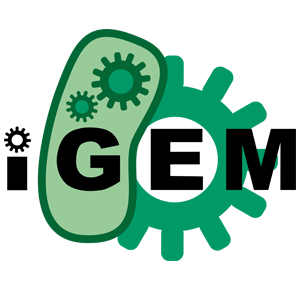Team:UiOslo Norway/Notebook/Protocols
From 2014.igem.org
Protocols
Digestion
Digestion must be done stepwise with correct buffer to correct restriction enzyme. A minimum amount of 250 ng DNA must be used. After digestion the samples must be run on a gel to be sure the cutting worked.
Follow the protocol and Buffer supplied with the restriction enzymes:
- EcoRI has to be cut with the EcoRI Buffer
- PstI has to be cut with the Neb3.1 Buffer
- XbaI and SpeI have to be cut with the cutsmart buffer.
Each part/plasmid is cut with two restriction enzymes.
A PCR clean up must be done between the cutting steps to make sure that each restriction enzyme is only used with its corresponding buffer.
For best results: Do PCR clean up before ligation.
Dephosphorylation of plasmid
To prevent religation of the plasmid we dephosphorylated it before ligation. We followed the protocol supplied by the enzyme and inactivated the enzyme before ligation.
Best result is obtained when PCR clean up is done on the dephosphorylated sample.
Ligation
With T4-ligase. Follow the protocol supplied with the T4 ligase and not the iGEM protocol.
Remember to use the correct amount of buffer! (see protocol). The best results are obtained when using equimolar amount of plasmid and constructs. However we also get results when using the same amount of plasmid and constructs. We did not always heat kill the enzyme.
NB! Remember to dephosphorylate the plasmid before ligation!
PCR
We used different polymerases for different usage during the project.
-
To make constructs and amplify plasmid backbones we used the high efficient, exonuclease active Q5® High-Fidelity DNA Polymerase (NEB). We followed protocol supplied by the enzyme and used a 50µl Reaction volume and 50 ng DNA.
PCR Setup:
- 98degrees, 30 sec
- 98 degrees, 10 sec
- 55 degrees, 30 sec
- 72 degrees, 2 min (go to step 2, 28 times)
- 72 degrees, 2 min
- 8 degrees, hold
-
To check if colonies contain our construct we used TaKaRa ExTaqTM Hot start Version.
One bacteria colony were re-suspended in 20ul dH2O
The sample was put on 95-100 degrees in 10 minutes to break the bacteria and free the plasmid into the solution
The sample was centrifuged at full speed for 2 min. The plasmid is then in the supernatant.
We used 2ul of this supernatant in the PCR reaction.
We followed protocol supplied by the enzyme and used a 50 µl Reaction volume
PCR Setup:
- 98 degrees, 1 min
- 98 degrees, 10 sec
- 55 degrees, 30 sec
- 72 degrees, 3,5 min (go to step 2, 30 times)
- 72 degrees, 5 min
- 8 degrees, hold
 "
"

